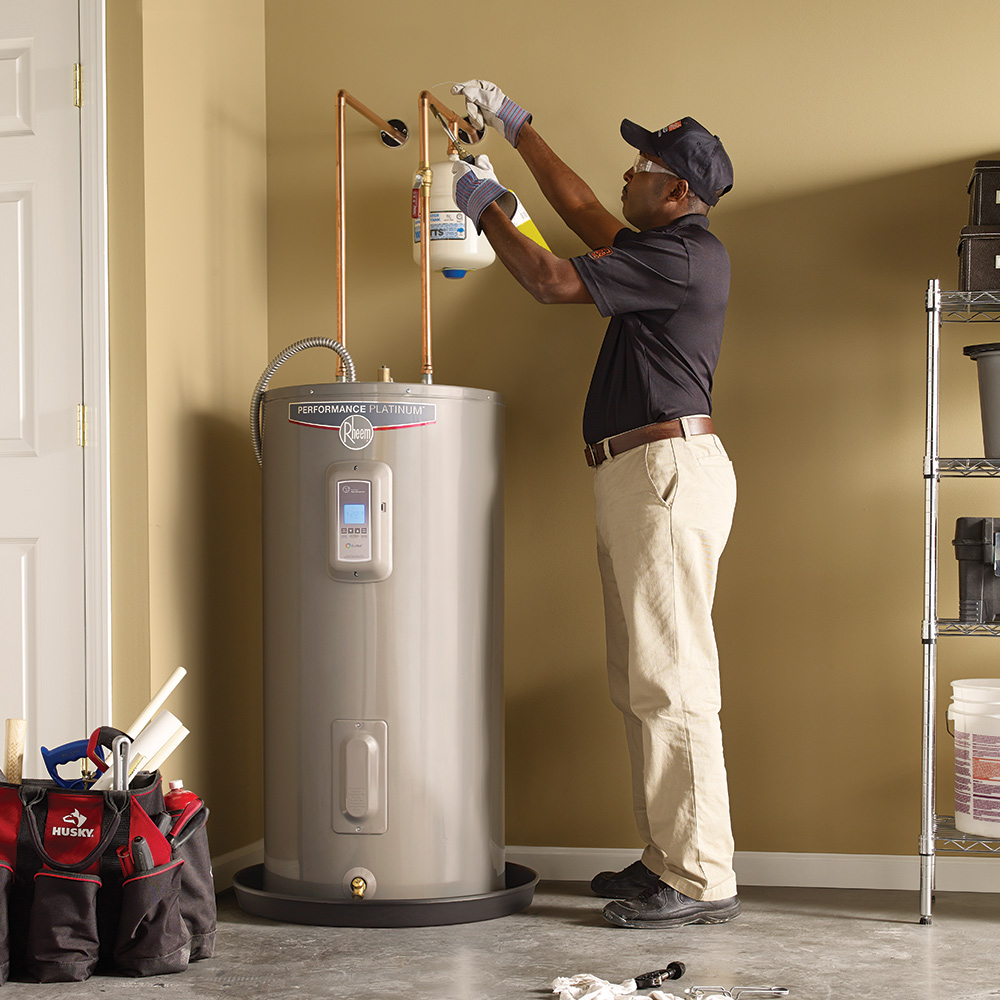Professional Tips on Caring for Your Home's Hot Water SystemSteps to Successfully Care for Your Home's Hot Water System
Professional Tips on Caring for Your Home's Hot Water SystemSteps to Successfully Care for Your Home's Hot Water System
Blog Article
What are your ideas on Tips on Maintaining a Water Heater?

Warm water is crucial for daily comfort, whether it's for a revitalizing shower or cleaning recipes. To ensure your hot water system runs efficiently and lasts longer, routine maintenance is vital. This write-up provides functional tips and understandings on just how to maintain your home's warm water system to avoid interruptions and pricey repair work.
Intro
Preserving your home's warm water system might seem overwhelming, however with a couple of straightforward steps, you can guarantee it runs smoothly for many years ahead. This overview covers everything from understanding your hot water system to DIY upkeep tips and understanding when to call specialist help.
Value of Maintaining Your Warm Water System
Normal maintenance not just extends the life expectancy of your warm water system but additionally guarantees it operates efficiently. Ignoring upkeep can bring about decreased performance, greater energy expenses, and also early failure of the system.
Indications Your Warm Water System Needs Maintenance
Recognizing when your warm water system needs interest can protect against significant issues. Watch out for signs such as inconsistent water temperature level, weird noises from the heater, or rustic water.
Purging the Water Heater
Purging your water heater eliminates debris buildup, boosting performance and prolonging its life.
Monitoring and Changing Anode Rods
Anode rods prevent rust inside the container. Inspecting and replacing them when worn is crucial.
Complicated Concerns Requiring Expert Aid
Examples include significant leaks, electrical troubles, or if your hot water heater is consistently underperforming.
Routine Specialist Upkeep Advantages
Expert upkeep can consist of thorough evaluations, tune-ups, and guaranteeing compliance with security criteria.
Evaluating and Adjusting Temperature Settings
Changing the temperature level setups makes certain optimal efficiency and safety and security.
DIY Tips for Maintenance
You can carry out several maintenance tasks yourself to maintain your warm water system in leading problem.
Checking for Leaks
Regularly inspect pipes and connections for leakages, as these can lead to water damage and higher expenses.
Comprehending Your Warm Water System
Before diving into upkeep jobs, it's useful to understand the fundamental elements of your warm water system. Typically, this consists of the hot water heater itself, pipelines, anode poles, and temperature level controls.
Monthly Maintenance Tasks
Regular monthly checks can help catch minor issues before they escalate.
Testing Pressure Relief Valves
Examining the stress relief valve ensures it functions correctly and prevents excessive stress accumulation.
Insulating Pipes
Shielding warm water pipes reduces warmth loss and can save energy.
When to Call a Specialist
While DIY maintenance is valuable, some issues call for expert knowledge.
Conclusion
Normal upkeep of your home's warm water system is important for performance, longevity, and price savings. By following these ideas and knowing when to seek specialist aid, you can guarantee a trusted supply of warm water without unanticipated disruptions.
Water Heater Maintenance Tips
Test the TPR Valve
Shut off the power and the cold-water supply valve. Place a bucket under the pipe connected to the temperature-pressure-release (TPR) valve on the top or side of the tank. (This valve opens if the tank pressure gets too high.) Lift the valve’s tab to let some water out, then let go. If water keeps flowing, drain the tank partway, unscrew the old valve with a pipe wrench, and install a new one. Check the Anode Rod
Put a hose to the tank’s drain cock and let out a few gallons of water. Now fit a 1 1/16-inch socket onto the rod’s hex head on top of the heater (or under its top plate) and unscrew the rod. If it’s less than ½ inch thick or coated with calcium, buy a new one, wrap its threads with Teflon tape, put it back in the tank, and tighten securely. Use this segmented rod if headroom above the tank is limited. Drain the Tank and Wash Out Sediment
Drain the remaining water in the tank into the bucket, then stir up the sediment on the tank’s bottom by briefly opening the cold-water supply valve. Drain and repeat until clean water comes out of the hose. Close the drain cock, refill the tank, and turn its power back on. Adjust the Temperature
Find the temperature dial on the side of the tank and unscrew its cover. Adjust the dial to 120 degrees using a flathead screwdriver. For every 10 degrees the temperature is lowered, you can expect to save up to 5 percent in energy costs. Turn the water heater off or the thermostat down to its lowest setting if you plan to be away from home for more than three days. Insulate the Pipes
Buy some self-sticking 3/8-inch-thick foam pipe insulation that matches the pipes’ diameter. Slide the foam over the hot-and cold-water pipes as far as you can reach. Insulating the cold-water pipe prevents condensation in summer. Peel the tape and squeeze the insulation closed. If the pipe is 6 inches or less from the flue, cover it with 1-inch-thick unfaced fiberglass pipe wrap. https://www.thisoldhouse.com/plumbing/21016402/how-to-maintain-a-water-heater

I was brought to that editorial about What Kind of Maintenance Do Water Heaters Need? from someone on our other site. Make sure you pause to share this write-up if you appreciated it. I appreciate your readership.
Appointment Report this page